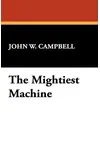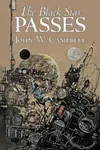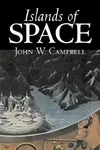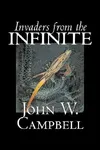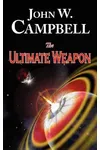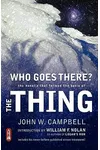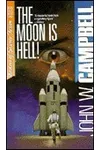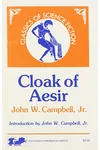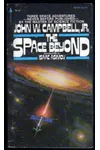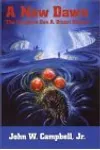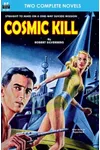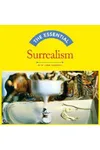Picture an American visionary who turned science fiction into a playground of ideas—meet John W. Campbell! Born in 1910, Campbell wasn’t just a writer; he was the mastermind behind Astounding Science Fiction, shaping the genre’s Golden Age with his knack for blending science and storytelling. His own tales, like the chilling 'Who Goes There?', still spark imaginations today.
From his early days scribbling stories to editing a magazine that launched legends, Campbell’s life was a sci-fi saga of its own. Let’s dive into the world of this trailblazer whose pen and vision redefined what stories could be.
The Making of John W. Campbell
John Wood Campbell Jr. was born on June 8, 1910, in Newark, New Jersey. A curious kid with a love for science, he devoured physics and astronomy books, laying the groundwork for his future. After studying at MIT and Duke University, Campbell started writing sci-fi in the 1930s, publishing under his own name and the pseudonym Don A. Stuart. His early stories, packed with cosmic adventure, caught the eye of editors, but it was his shift to editing that made history.
In 1937, Campbell took the helm of Astounding Stories (later Astounding Science Fiction), transforming it into a hub for groundbreaking tales. His editorial vision—demanding scientific rigor and human depth—set a new standard, nurturing writers who’d become giants.
John W. Campbell’s Unforgettable Stories
As a writer, Campbell shone brightest with 'Who Goes There?' (1938), a tense novella about an alien shape-shifter in Antarctica. This creepy classic, written as Don A. Stuart, inspired films like The Thing, showcasing his knack for blending paranoia with science. Its tight pacing and psychological depth made it a genre cornerstone.
Campbell’s other works, like the space opera 'The Black Star Passes' (1930), burst with galactic heroics and futuristic tech. His stories often explored human resilience and societal evolution, reflecting his belief that sci-fi should probe big questions. As an editor, he championed similar themes, coaxing masterpieces from Isaac Asimov, Robert A. Heinlein, and Arthur C. Clarke.
His style wasn’t flashy but deliberate, prioritizing ideas over prose. Campbell’s tales leaned on plausible science and sharp dialogue, inviting readers to think as much as feel. This cerebral approach defined the Golden Age, making sci-fi a serious literary force.
Why John W. Campbell Matters
Campbell’s impact is galactic. As Astounding’s editor, he didn’t just publish stories; he mentored a generation of writers, pushing them to craft narratives that were smart, bold, and human. His insistence on scientific plausibility and social commentary turned sci-fi into a mirror for humanity’s hopes and fears. Icons like Asimov’s Foundation series owe their existence to Campbell’s guidance.
Even today, his legacy thrives in every sci-fi story that dares to ask 'What if?' From Hollywood adaptations to modern novels, Campbell’s influence is a quiet hum in the genre’s engine. Though controversial for some later views, his role as a pioneer remains undeniable.
About John W. Campbell
- Born: June 8, 1910, Newark, New Jersey
- Key Works: 'Who Goes There?', 'The Black Star Passes'
- Notable Role: Editor of Astounding Science Fiction (1937–1971)
- Legacy: Shaped the Golden Age of Science Fiction
Ready to explore a mind that launched a thousand starships? Grab 'Who Goes There?' and dive into John W. Campbell’s thrilling sci-fi universe!
